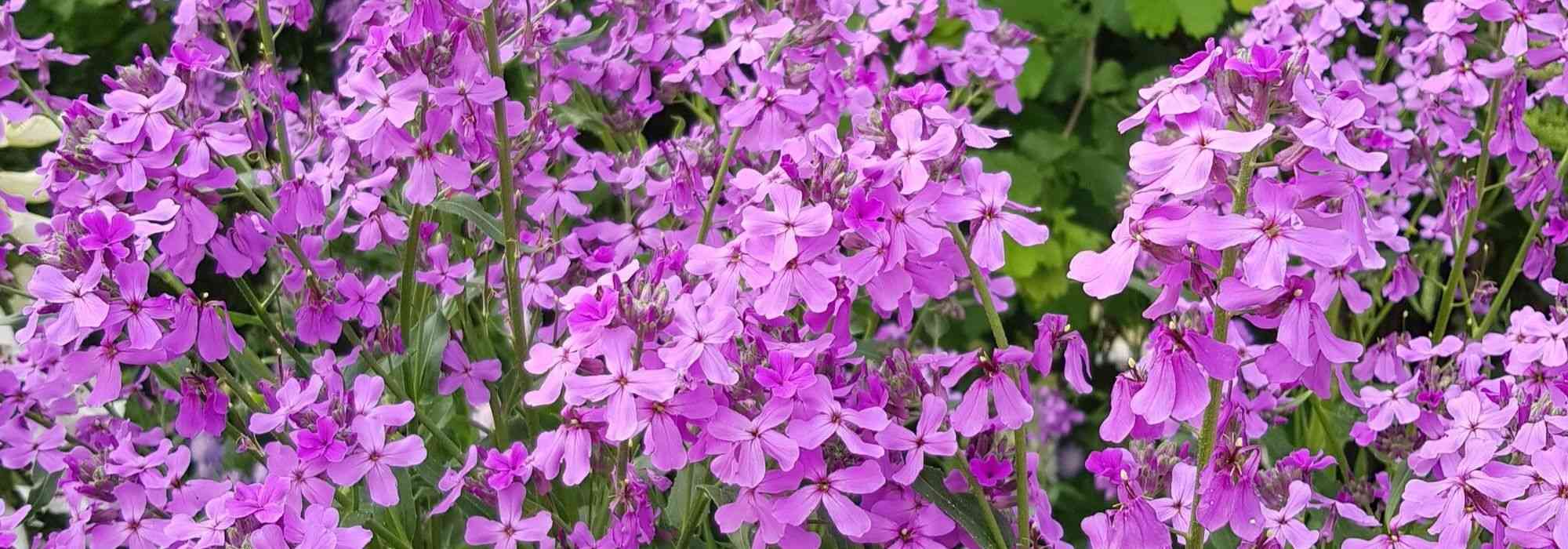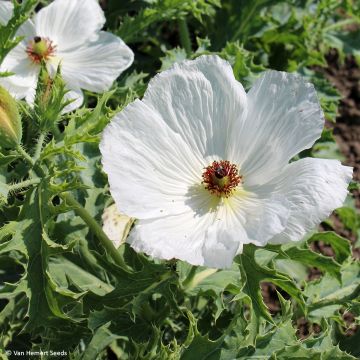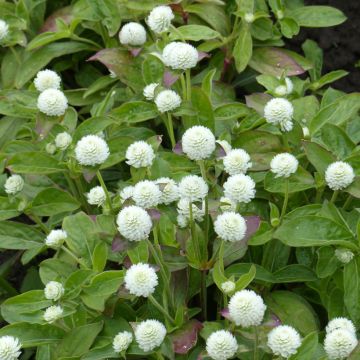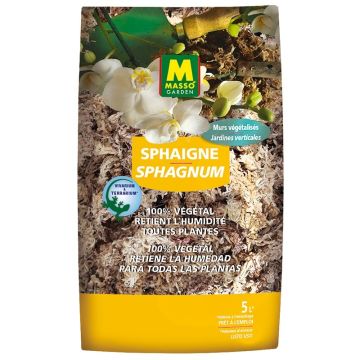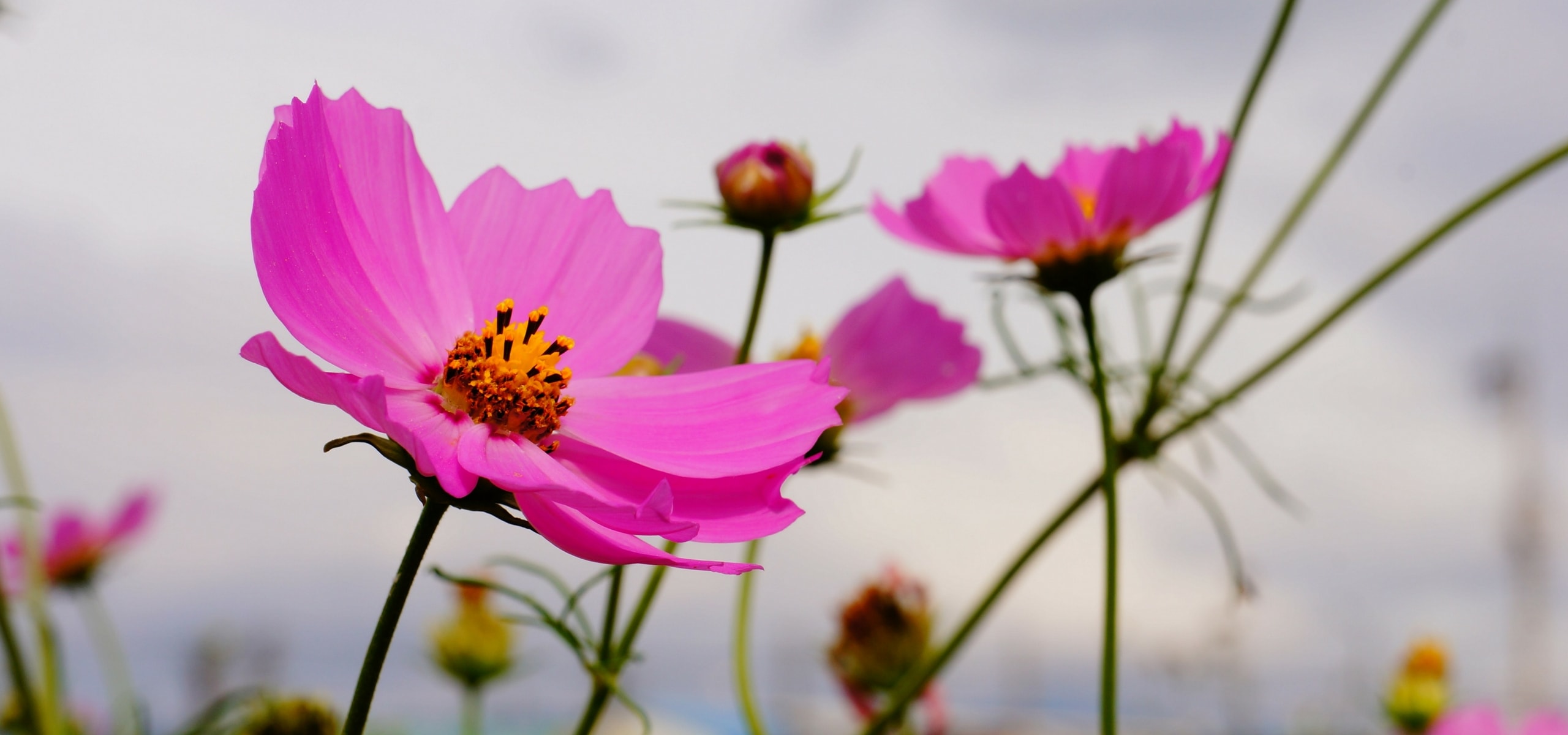

Hesperis matronalis Mix - Dame's Rocket seeds
Hesperis matronalis Mix - Dame's Rocket seeds
Hesperis matronalis Mix
Dame's Rocket, Damask Violet, Night-scented Gilliflower, Queen's Gilliflower, Mother-of-the-evening, Winter Gilliflower
Special offer!
Receive a €20 voucher for any order over €90 (excluding delivery costs, credit notes, and plastic-free options)!
1- Add your favorite plants to your cart.
2- Once you have reached €90, confirm your order (you can even choose the delivery date!).
3- As soon as your order is shipped, you will receive an email containing your voucher code, valid for 3 months (90 days).
Your voucher is unique and can only be used once, for any order with a minimum value of €20, excluding delivery costs.
Can be combined with other current offers, non-divisible and non-refundable.
Home or relay delivery (depending on size and destination)
Schedule delivery date,
and select date in basket
This plant carries a 6 months recovery warranty
More information
We guarantee the quality of our plants for a full growing cycle, and will replace at our expense any plant that fails to recover under normal climatic and planting conditions.
Does this plant fit my garden?
Set up your Plantfit profile →
Description
Hesperis matronalis 'Mix' is a mix of Dame's Rocket with white or mauve-lilac flowers. Generally biennial, this plant, also known as Garden Rocket, is appreciated for its long spring to summer flowering, which releases a sweet fragrance in the evening. Sought after by bees and butterflies, it has a place in cottage gardens, naturalistic or rustic flower beds. It thrives in partial shade, in ordinary soil where it will self-seed.
Dame's Rocket is an edible plant belonging to the brassicaceae family, like rapeseed or mustard. It is native to central and southern Europe, as well as boreal and western Asia. In theory perennial, it is most often grown as a biennial. This herbaceous plant has an upright, sparsely branched habit, except in its upper part. It reaches 60 to 80 cm high when flowering, with a diameter of 30 cm. Its foliage is deciduous and dark green with toothed margins. It consists of large alternate, lanceolate leaves without petioles. Flowering occurs from May-June to July-August. The nectar-rich flowers are delicately fragrant in the evening. They are loved by bees and butterflies, such as sphinx moths, which ensure pollination. They are grouped in terminal clusters of small single flowers with 4 sepals, 4 petals, and 6 stamens, ranging from mauve to pale purple to pure white. The fruits are small siliques.
Dame's Rocket self-seeds abundantly and it is not uncommon to find plants at a good distance from the original plant. For this reason, it is perfectly suited to slightly "wild" gardens. Plant it near pathways and terraces to enjoy its delightful wallflower fragrance on summer evenings. It is often overlooked, but it can easily be sown in pots in groups of 3 or 4 plants. For example, associate them with daffodils and tulips, or in an impressionist tableau, like Monet's garden in Giverny, alongside bearded irises, snapdragons, bellflowers, or goldenrods.
Properties and uses: Dame's Rocket flowers can be used in potpourris. The young leaves and flowers are edible, but they may be a bit too bitter for some palates.
Flowering
Foliage
Plant habit
Botanical data
Hesperis
matronalis
Mix
Brassicaceae
Dame's Rocket, Damask Violet, Night-scented Gilliflower, Queen's Gilliflower, Mother-of-the-evening, Winter Gilliflower
Central Europe
Other Flower seeds
View all →Planting and care
Sowing:
Sow Dame's Rocket from May to June, for planting in autumn.
Sow outdoors in well-prepared soil or in a greenhouse. Prepare the soil well, loosen it and crumble it carefully before sowing. Bury the seeds to a depth of 12 mm, in rows spaced 30 cm apart. Thin out the seedlings, leaving only one plant every 45 cm, and transplant the crowded plants a little further away, to obtain sufficiently developed plants when transplanting in autumn.
Another method: mix the seeds with those of another annual wild plant and scatter the mixture in small patches in a border or a flower meadow. Thin out if necessary. The plants will self-seed in the following years if you don't remove all the faded flowers.
Space the plants 45 cm apart. Choose a sunny, but not scorching, or partially shaded location.
Cultivation:
Hesperis matronalis prefers humus-bearing, moist, well-drained soil, but in fact, it thrives in any type of soil and in almost all exposures. The more sun it receives, the more it will need moist soil. Remove the flowers (not all of them) as they fade to promote flowering, and remember to replace the plants by sowing under cover in autumn. The young shoots are coveted by slugs and snails, they are its main enemies.
Sowing period
Intended location
Planting & care advice
This item has not been reviewed yet - be the first to leave a review about it.
Haven't found what you were looking for?
Hardiness is the lowest winter temperature a plant can endure without suffering serious damage or even dying. However, hardiness is affected by location (a sheltered area, such as a patio), protection (winter cover) and soil type (hardiness is improved by well-drained soil).

Photo Sharing Terms & Conditions
In order to encourage gardeners to interact and share their experiences, Promesse de fleurs offers various media enabling content to be uploaded onto its Site - in particular via the ‘Photo sharing’ module.
The User agrees to refrain from:
- Posting any content that is illegal, prejudicial, insulting, racist, inciteful to hatred, revisionist, contrary to public decency, that infringes on privacy or on the privacy rights of third parties, in particular the publicity rights of persons and goods, intellectual property rights, or the right to privacy.
- Submitting content on behalf of a third party;
- Impersonate the identity of a third party and/or publish any personal information about a third party;
In general, the User undertakes to refrain from any unethical behaviour.
All Content (in particular text, comments, files, images, photos, videos, creative works, etc.), which may be subject to property or intellectual property rights, image or other private rights, shall remain the property of the User, subject to the limited rights granted by the terms of the licence granted by Promesse de fleurs as stated below. Users are at liberty to publish or not to publish such Content on the Site, notably via the ‘Photo Sharing’ facility, and accept that this Content shall be made public and freely accessible, notably on the Internet.
Users further acknowledge, undertake to have ,and guarantee that they hold all necessary rights and permissions to publish such material on the Site, in particular with regard to the legislation in force pertaining to any privacy, property, intellectual property, image, or contractual rights, or rights of any other nature. By publishing such Content on the Site, Users acknowledge accepting full liability as publishers of the Content within the meaning of the law, and grant Promesse de fleurs, free of charge, an inclusive, worldwide licence for the said Content for the entire duration of its publication, including all reproduction, representation, up/downloading, displaying, performing, transmission, and storage rights.
Users also grant permission for their name to be linked to the Content and accept that this link may not always be made available.
By engaging in posting material, Users consent to their Content becoming automatically accessible on the Internet, in particular on other sites and/or blogs and/or web pages of the Promesse de fleurs site, including in particular social pages and the Promesse de fleurs catalogue.
Users may secure the removal of entrusted content free of charge by issuing a simple request via our contact form.
The flowering period indicated on our website applies to countries and regions located in USDA zone 8 (France, the United Kingdom, Ireland, the Netherlands, etc.)
It will vary according to where you live:
- In zones 9 to 10 (Italy, Spain, Greece, etc.), flowering will occur about 2 to 4 weeks earlier.
- In zones 6 to 7 (Germany, Poland, Slovenia, and lower mountainous regions), flowering will be delayed by 2 to 3 weeks.
- In zone 5 (Central Europe, Scandinavia), blooming will be delayed by 3 to 5 weeks.
In temperate climates, pruning of spring-flowering shrubs (forsythia, spireas, etc.) should be done just after flowering.
Pruning of summer-flowering shrubs (Indian Lilac, Perovskia, etc.) can be done in winter or spring.
In cold regions as well as with frost-sensitive plants, avoid pruning too early when severe frosts may still occur.
The planting period indicated on our website applies to countries and regions located in USDA zone 8 (France, United Kingdom, Ireland, Netherlands).
It will vary according to where you live:
- In Mediterranean zones (Marseille, Madrid, Milan, etc.), autumn and winter are the best planting periods.
- In continental zones (Strasbourg, Munich, Vienna, etc.), delay planting by 2 to 3 weeks in spring and bring it forward by 2 to 4 weeks in autumn.
- In mountainous regions (the Alps, Pyrenees, Carpathians, etc.), it is best to plant in late spring (May-June) or late summer (August-September).
The harvesting period indicated on our website applies to countries and regions in USDA zone 8 (France, England, Ireland, the Netherlands).
In colder areas (Scandinavia, Poland, Austria...) fruit and vegetable harvests are likely to be delayed by 3-4 weeks.
In warmer areas (Italy, Spain, Greece, etc.), harvesting will probably take place earlier, depending on weather conditions.
The sowing periods indicated on our website apply to countries and regions within USDA Zone 8 (France, UK, Ireland, Netherlands).
In colder areas (Scandinavia, Poland, Austria...), delay any outdoor sowing by 3-4 weeks, or sow under glass.
In warmer climes (Italy, Spain, Greece, etc.), bring outdoor sowing forward by a few weeks.






























